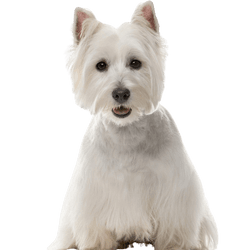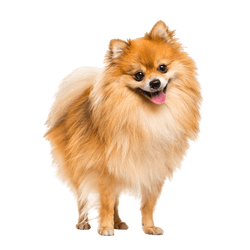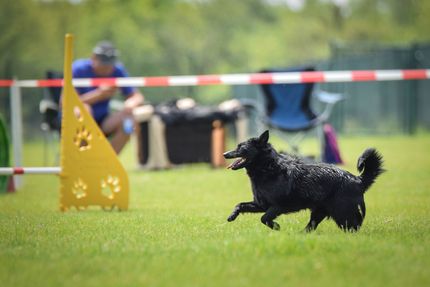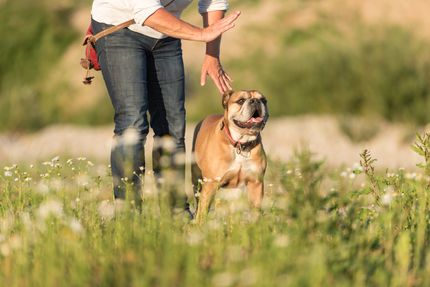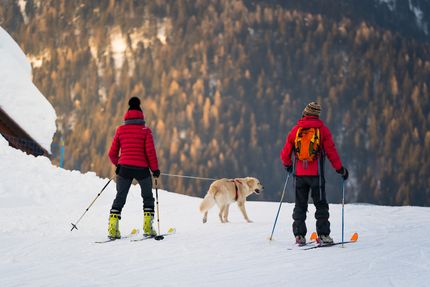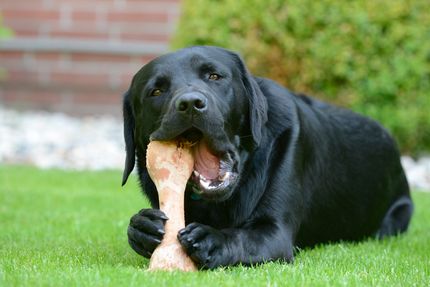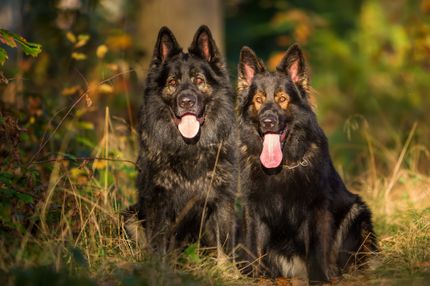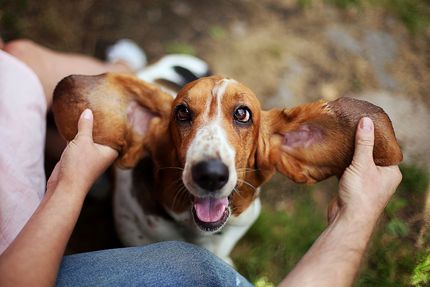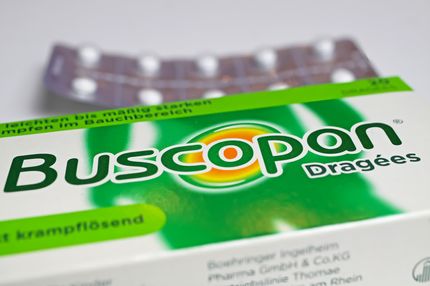Facts & Origin
Weeranian - The charming mixture of West Highland White Terrier and Pomeranian
The Weeranian is a delightful hybrid breed created by crossing the West Highland White Terrier and the Pomeranian (also known as the Miniature Spitz). This mix combines the characteristics of both breeds and creates a small and lovable companion dog.
The Weeranian is one of the designer dogs that have become increasingly popular in recent decades. However, the exact history of the origin of this mix is not precisely documented. It is likely that the breeding of this mix was aimed at combining the charming look of the Pomeranian with the lively and robust character of the West Highland White Terrier.
Suitability and use
The Weeranian is an ideal companion dog for individuals or families looking for a small, playful and loving dog. His small size makes him ideal for living in apartments or homes with limited space. Because of his friendly and affectionate nature, he is usually well-suited for families with children as well as the elderly. He is known for his playful nature and his ability to form strong bonds with his owners.
| Alternate Name | - |
| Origin | Scotland - Germany |
| Life expectancy | 12 - 16 years |
| Care requirements | high-maintenance |
| Activity level | average - low |
| FCI group | not recognised |
| AKC group | not recognised |
| KC group | not recognised |
More West Highland White Terrier mixes
More Pomeranian mixes
Attitude, character and temperament of the breed
Possible character traits of the Weeranian
The Weeranian probably has the following character traits:
- Affectionate: He enjoys the company of his owners and loves to be pampered and cared for.
- Playful: The Weeranian is known for his lively and playful nature.
- Intelligent: He is usually smart and can learn quickly, making him a good candidate for obedience training and tricks.
TheWeeranian is a loving, playful and affectionate companion who can take his owner's heart by storm. With proper care, training and affection, he will become a loyal family member that will bring much joy and happiness to the home.
| Features | Description | |
|---|---|---|
| Size | Small to medium size | |
| Weight | Between 3 and 7 kg | |
| Coat | Long and dense or short and double layered, colors can be white, cream, beige or brown | |
| Life expectancy | Average 12 to 16 years | |
| Suitability for families | Very good | |
| Suitability for children | Very good | |
| Activity level | Moderately active | |
| Maintenance level | Moderately high | |
| Health problems | Possibly susceptible to genetic diseases of parent breeds |
Character
Usage
Health and care
The Weeranian is generally a robust and healthy dog. However, certain genetic conditions may occur that are known to be present in the parent breeds. Regular veterinary examinations, a balanced diet, and adequate exercise are important to ensure the health and well-being of the Weeranian. The coat of the Weeranian requires regular brushing to prevent matting.
What does this mixed breed look like?
The Weeranian usually has a charming and fluffy appearance that combines features of both parent breeds. He is a small dog with a round head and a compact stature. The coat can be either long and dense as in the Pomeranian or short and double-layered as in the West Highland White Terrier, depending on the dominant parent. Colors vary but may include white, cream, beige, brown or a combination thereof.
Known Diseases
Denture malocclusions
Malocclusions of the dentition often occur in dogs with short muzzles.
Patellar problems
Problems with the Patellar can be a displacement or weak kneecap, which is one of the most common causes of lameness in dogs, also because of overweight.
Tartar
If dogs don't get a good food or sugary food, tartar can quickly appear.
Hip dysplasia (HD)
Hip dysplasia (HD) is a genetic condition in dogs where the hip joint is not shaped properly. This leads to pain, stiffness and restricted movement.
Elbow dysplasia (ED)
Elbow joint dysplasia is a chronic disease complex of the elbow joint of fast growing dog breeds.
Numbness
Often occurs in old age.
Heart disease
Can occur frequently in dogs and can sometimes be treated with medication.
Eye infections
Chronic eye infections can be very painful in dogs and can be treated with medication. In rare cases, the cornea must be treated.
Patellar luxation
Patellar luxation is the term used to describe a displacement of the kneecap, which is one of the most common causes of lameness in dogs.
FAQ
-
As a rule, these hybrids have a height of about 18 to 30 cm and a weight of 3.6 to 7.3 kg.
-
These mixed breeds are intelligent, loyal, bright, energetic and have a strong protective instinct.
-
You need several short walks or other physical activities every day to stay healthy and happy.
-
They are more prone to some health problems such as hip dysplasia, patellar dislocation, bone diseases and allergies.
-
Yes, they learn quickly and respond well to reward based training methods. They are very willing to learn new things and with patience and love they will surely be trained successfully.
